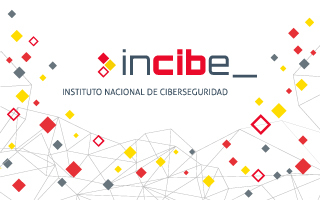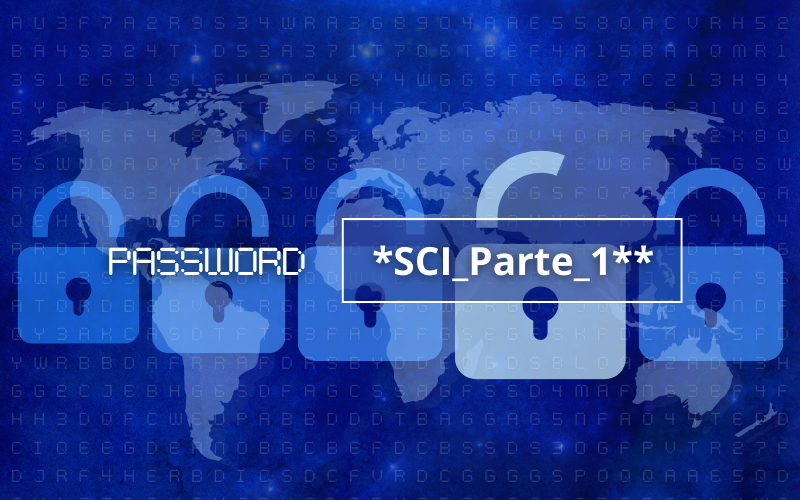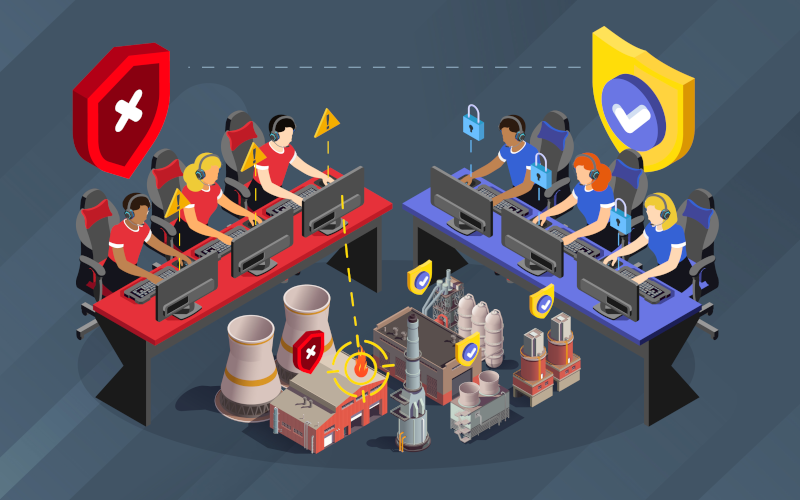


The Initial Access tactic is one of the 12 tactics that make up the matrix developed by MITRE for industrial environments (for more information on the matrix, feel free to consult the article ICS Matrix, the State of v11). Within this tactic, different techniques used by attackers with the aim of gaining unauthorized access to an industrial environment are shown. This is often the first target of external attackers, as access to the ICS's internal environment allows internal computers to be recognized and exploited, move around the network, gain elevated privileges, or steal sensitive information. Therefore, it is important to know this tactic in order to defend our systems






The increasing development of malware targeting the industrial world has not halted its momentum in the slightest. Several research groups have detected a new malware called Fuxnet and are currently investigating its scope. This malware has the capability to send specific requests at the serial level, via RS485/MBus, executing floods to more than 87.000 assets, including control systems and integrated sensors deployed across different sectors. Among the infrastructures compromised by this malware, we find hospitals, airports and other critical infrastructures that provide essential services to the population.

MITRE Caldera OT stands out mainly for being an open-source tool that allows the simulation of different cyber-attacks in industrial environments. This tool was created by MITRE and CISA (US Cybersecurity and Infrastructures Security Agency), as the experts saw the need to be able to improve and understand cybersecurity in industrial environments without using a high number of resources.
In addition, this tool is designed to be used by both the Red Team and the Blue Team, allowing both teams to collaborate with each other to improve the level of cyber security in these environments.



